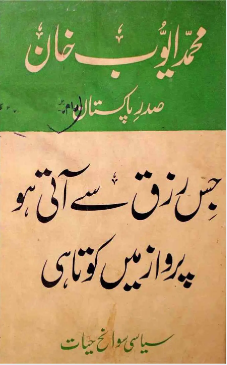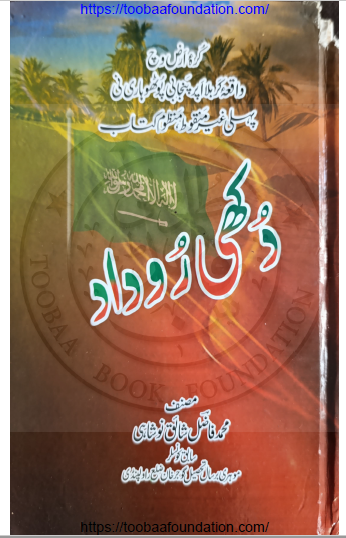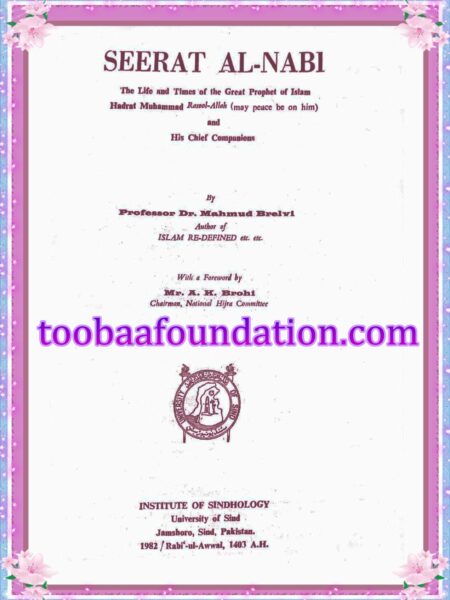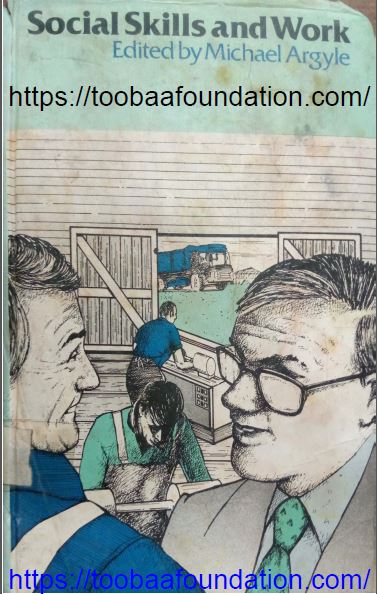Yoga for the creative soul: exploring the five paths of yoga to reclaim your expressive spirit By Erin Byron MA
Combining expressive arts and yoga therapy, Yoga for the Creative Soul is an invaluable guide to healing emotional wounds and creating a joyous life. Through drawing, writing, dancing, humming, and cooking―as well as yoga postures, meditation, relaxation, breathing, and self-inquiry―this book helps you cultivate your true intentions and live your deepest values. With helpful tips for daily practice and a quiz to support you in identifying areas of imbalance, author Erin Byron shares techniques that you can personalize to meet your specific needs. Discover how to bring color, movement, and melody into everyday moments with the five paths to self-realization: Karma, Jnana, Raja, Bhakti, and Tantra. Engaging a process of personal transformation and learning how take control of your life are gifts you can give yourself with Yoga for the Creative Soul
- help@toobaafoundation.com














Reviews
There are no reviews yet.